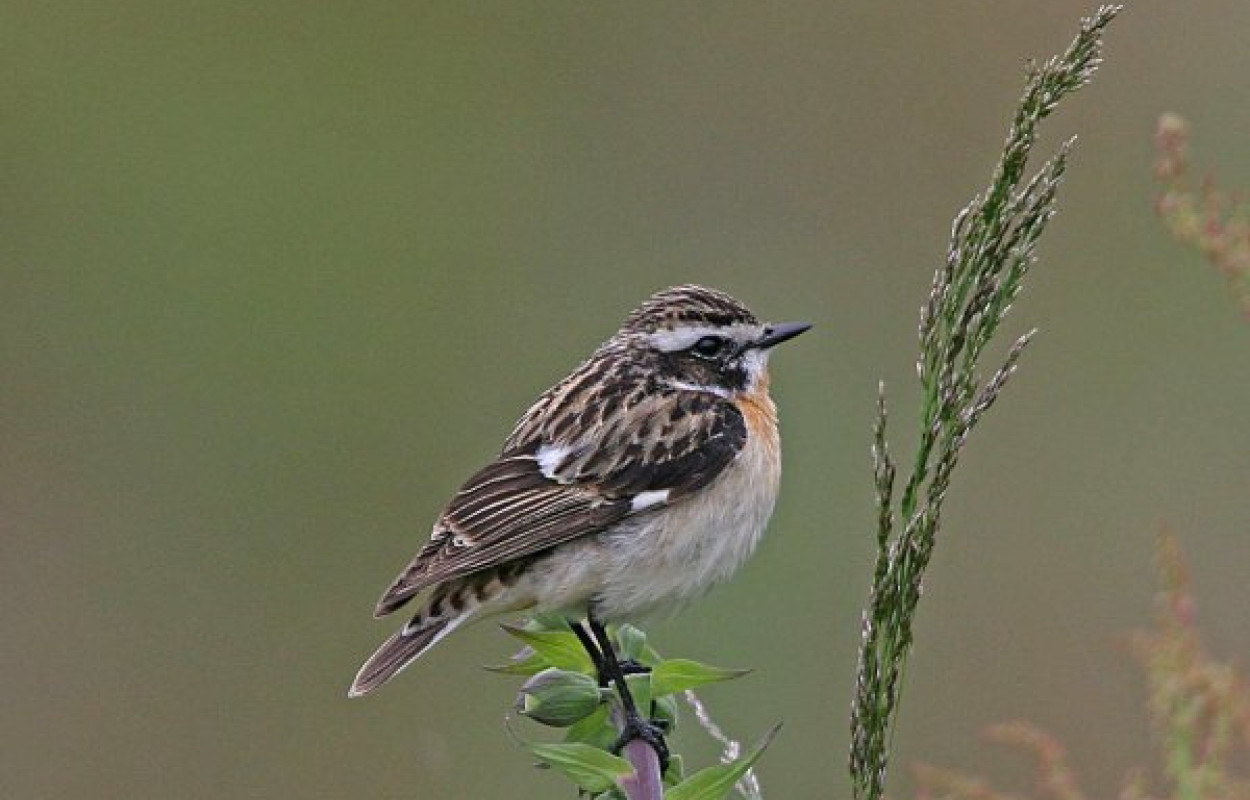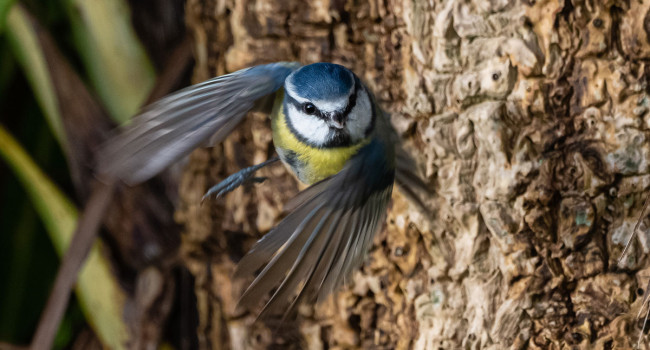The importance of altitude and aspect for breeding Whinchat Saxicola rubetra in the uplands: Limitations of the uplands as a refuge for a declining, formerly widespread species?

Author(s): Calladine, J. & Bray, J.
Published: January 2012
Journal: Bird Study Volume: 59 ( part 1 )
Digital Identifier No. (DOI): 10.1080/00063657.2011.623767
Like several species, the Whinchat Saxicola rubetra, was once common across lowland Europe, but has suffered substantial declines in recent decades as agricultural practices have intensified. Populations are now increasingly concentrated in more upland areas, where agriculture is of a lower intensity, but where environmental constraints, such as low ambient temperatures, may limit habitat suitability.
Recent research by BTO Scotland shows that Whinchats in British uplands favour warm south- and east- facing breeding sites, which can support birds at higher altitudes than cooler north- and west-facing sites. Territory size also increased with altitude, which, along with a reduced likelihood of Whinchats being found on higher ground, provides further evidence of the constraints these birds experience at altitude. As uplands represent a refuge for a number of declining bird species, the management of the hill margins has important conservation implications. Consideration of aspect and altitude in targeted habitat management could therefore help to optimize the breeding sites available for vulnerable species.







Share this page